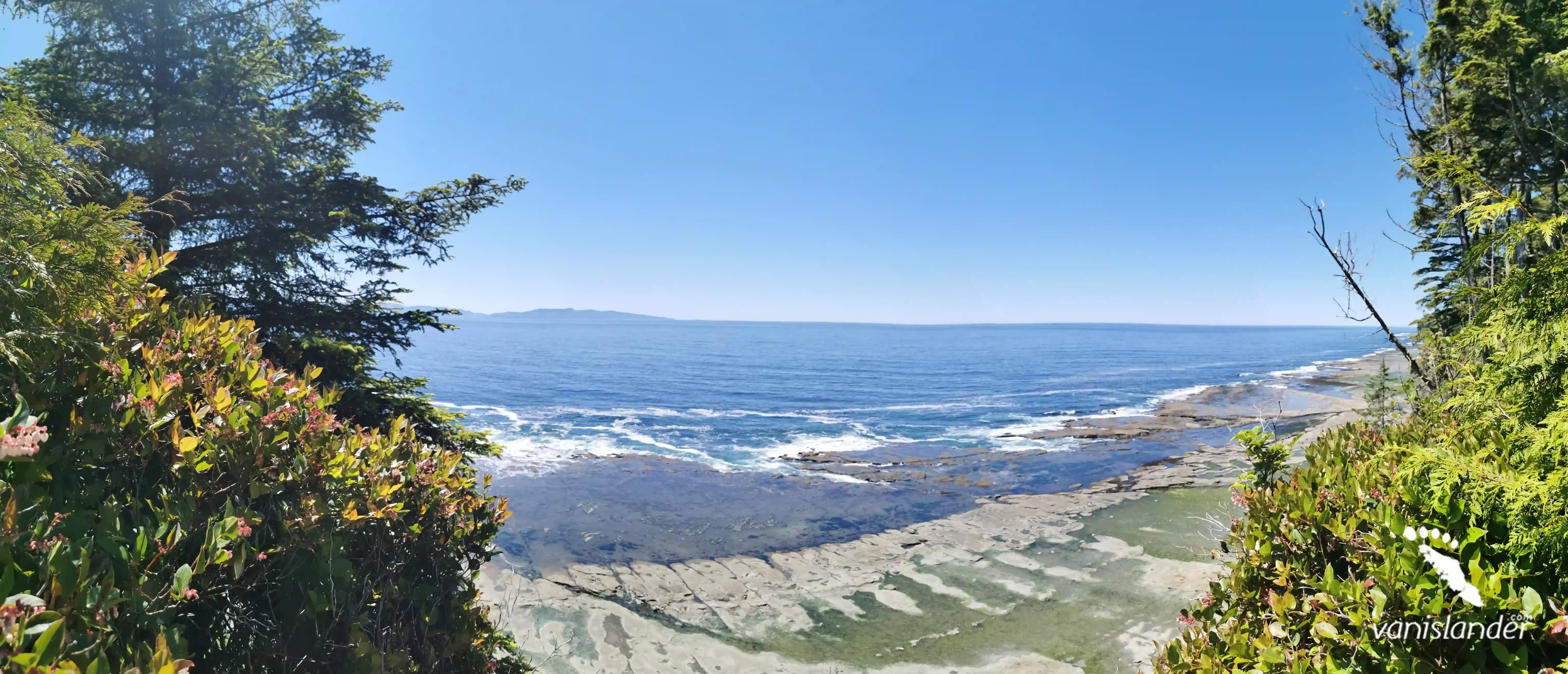Welcome to Palmerston Beach, a secluded and breathtaking destination on the northwest coast of Vancouver Island, near Winter Harbour in the Mount Waddington region. This hidden gem is a true escape, celebrated for its wild, untouched shoreline, where waves crash against sandy stretches and rugged rocks, offering a raw connection to the Pacific Ocean. Its remote location at Palmerston Beach Rd, Mount Waddington, BC V0N 1Z0, Canada, makes it a haven for adventurers craving solitude and natural beauty. Unlike more crowded Vancouver Island beaches, Palmerston Beach delivers a serene, off-the-grid experience, with opportunities to spot seals, sea lions, and bald eagles against a backdrop of misty forests and ocean vistas. Perfect for hikers, photographers, and nature lovers, this article dives deep into why to visit, how to get there, top activities, planning tips, and nearby attractions—everything you need for an unforgettable Vancouver Island adventure!
